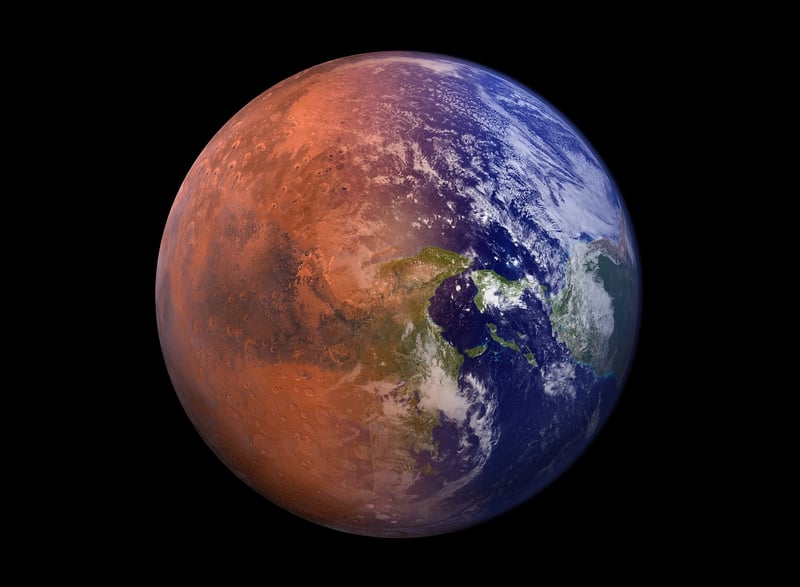Interstellar Travel
Unlocking the Mysteries of the Universe: Exploring Celestial Bodies and Interstellar Travel
Since the dawn of humanity, the night sky has captivated our imagination. The twinkling stars, distant planets, and enigmatic galaxies have beckoned us to explore beyond the confines of our world. In the quest to unravel the mysteries of the universe, scientists and space enthusiasts have turned their gaze towards celestial bodies and contemplated the possibility of interstellar travel.
Exploring Celestial Bodies
From the serene beauty of the moon to the swirling storms of Jupiter, our solar system is teeming with diverse and fascinating celestial bodies. Each planet, moon, asteroid, and comet holds valuable insights into the formation and evolution of our cosmic neighborhood.
The Moon
As Earth's only natural satellite, the moon has been a subject of intrigue for centuries. Its barren landscapes and ancient craters provide a glimpse into the violent history of our solar system. Recent missions have revealed water ice in the permanently shadowed regions of the moon, hinting at the potential for future lunar colonization.

Mars
Known as the Red Planet, Mars has long captured the imagination of scientists and fiction writers alike. With its rusty surface and polar ice caps, Mars is believed to have once harbored liquid water - a key ingredient for life as we know it. Robotic rovers like Curiosity and Perseverance continue to explore the Martian terrain, searching for signs of past or present life.

Interstellar Travel
While our solar system offers a wealth of exploration opportunities, the dream of interstellar travel - journeying beyond our sun's influence to other star systems - continues to captivate scientists and visionaries. Concepts like warp drives, solar sails, and antimatter propulsion are being studied as potential means to achieve interstellar travel in the distant future.
Proxima Centauri
Located just over four light-years away, Proxima Centauri is the closest known star to the Sun. Scientists have discovered an Earth-sized exoplanet, Proxima b, in the habitable zone of this red dwarf star. While reaching Proxima Centauri with current technology is a daunting challenge, ongoing research aims to lay the groundwork for future interstellar missions.

Voyager 1
Launched by NASA in 1977, Voyager 1 is humanity's farthest-reaching spacecraft. It has now entered interstellar space, venturing beyond the boundaries of our solar system. Carrying a golden record with sounds and images from Earth, Voyager 1 serves as a testament to humanity's curiosity and ambition to explore the unknown.

As we gaze at the stars and ponder the mysteries of the cosmos, the exploration of celestial bodies and the dream of interstellar travel remind us of our boundless curiosity and insatiable desire to uncover the secrets of the universe.
